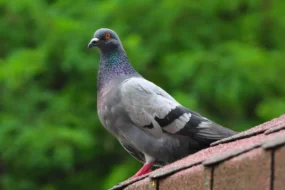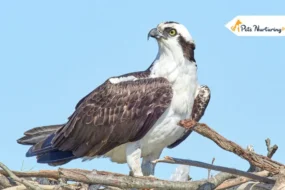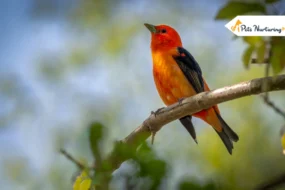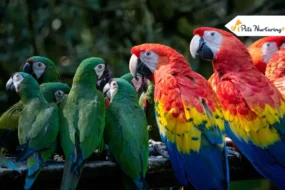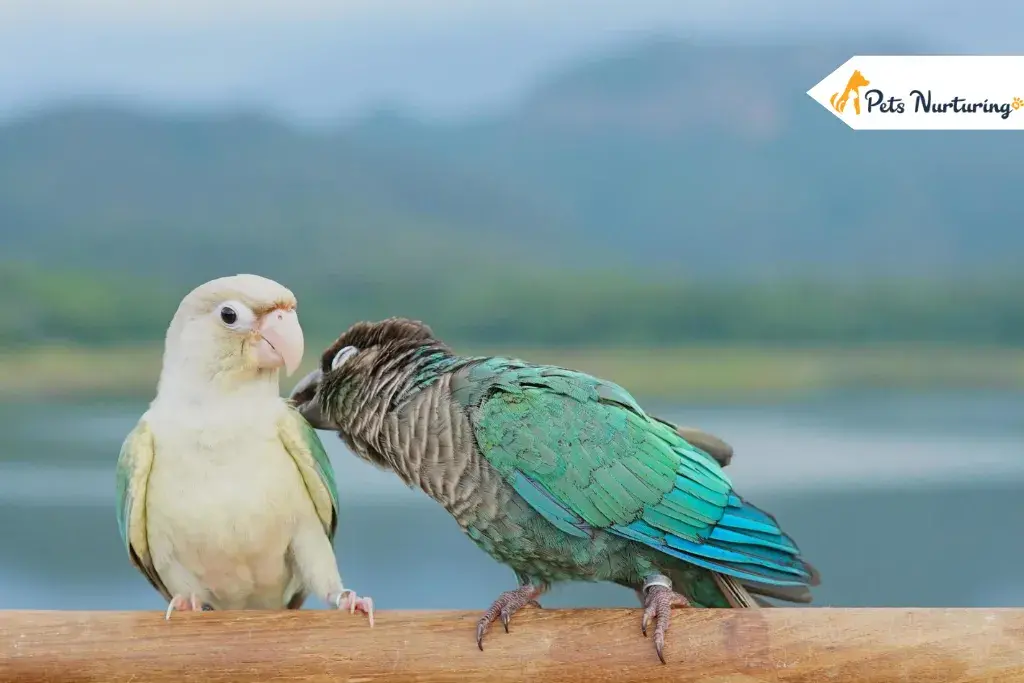
Many pets we look at and get attracted to. We often feel like bringing one home who can be our companion and we can spend our moments. Parrots are one such kind of bird that can be joyful to live with. Today, we are going to discuss one such species of bird which is amazing to live along. The name of this species is Green Cheek Conure. This bird is also well known as Green Cheek Parakeet. This bird has the scientific name Pyrrhura molinae.
These birds can live more than 30 years under the condition that the bird is kept under a cage-like structure. Well known as pets because of their little size, magnificence, and knowledge, green-cheek conures have won the heart of every pet lover. Every pet lover loves such a companion which can live with them.
Their interest, spirit, and lively nature are extraordinary qualities in a pet wing animal. These birds have the nature of being mischievous and making a connection with their people. These green-cheek conures pack a great deal of character into a little bundle. The way that they are less loud than most different parrots—and more moderate—adds to their allure.
- What Is the Origin and History of Green Cheek Conure?
- What Is the Demeanour of Such Green Cheek Conures?
- What Is All the Talk About the Speech Criteria of Green Cheek Conures?
- What Are the Colours Along with Different Markings by Which We Can Identify Them?
- How to Take Care of Green Cheek Conure?
- What Are Their Health-Relate Issues?
- What Diet and Nutrition Should Be Follow for Green Cheek Conure?
- What Are the Exercises That Can Be Perform by These Green Cheek Conures?
- Pros and Cons Of Green Cheek Conures :
What Is the Origin and History of Green Cheek Conure?
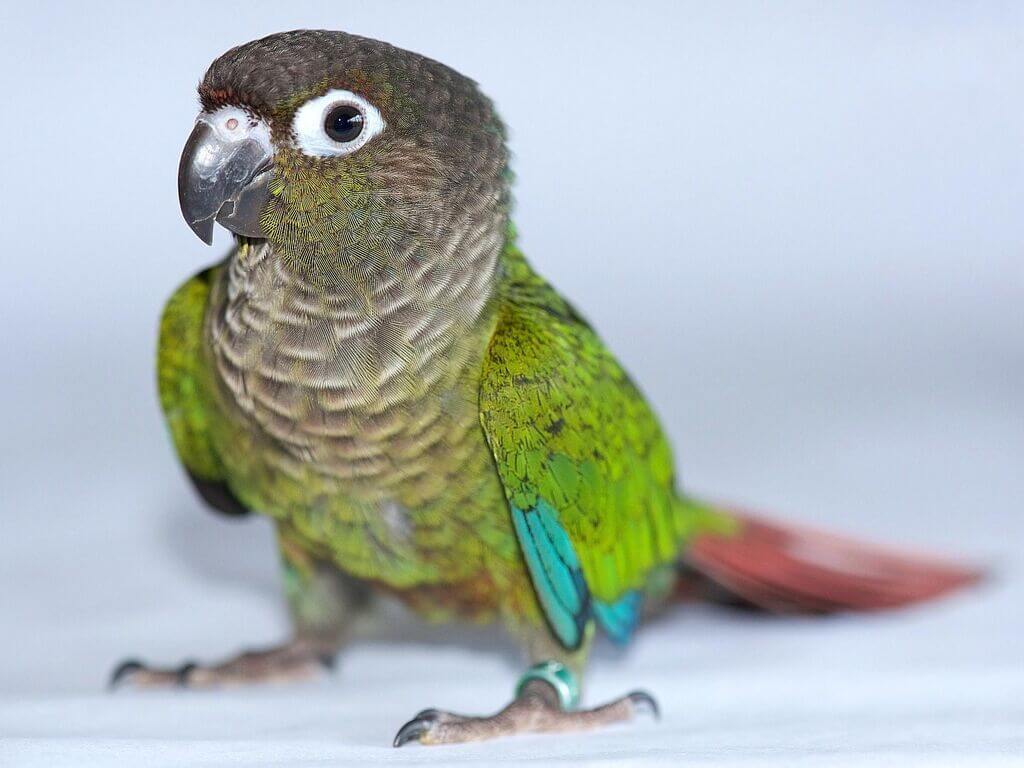
The green-cheek conure is local and often found in the continent of South America, regularly found in the backwoods and forest regions of Brazil, Bolivia, Argentina, and Paraguay. Generally, such birds live in flocks. A flock of 10 to 20 is found at the top of the tree. If the availability of food is in abundance, then they may live in flocks of more birds.
What Is the Demeanour of Such Green Cheek Conures?
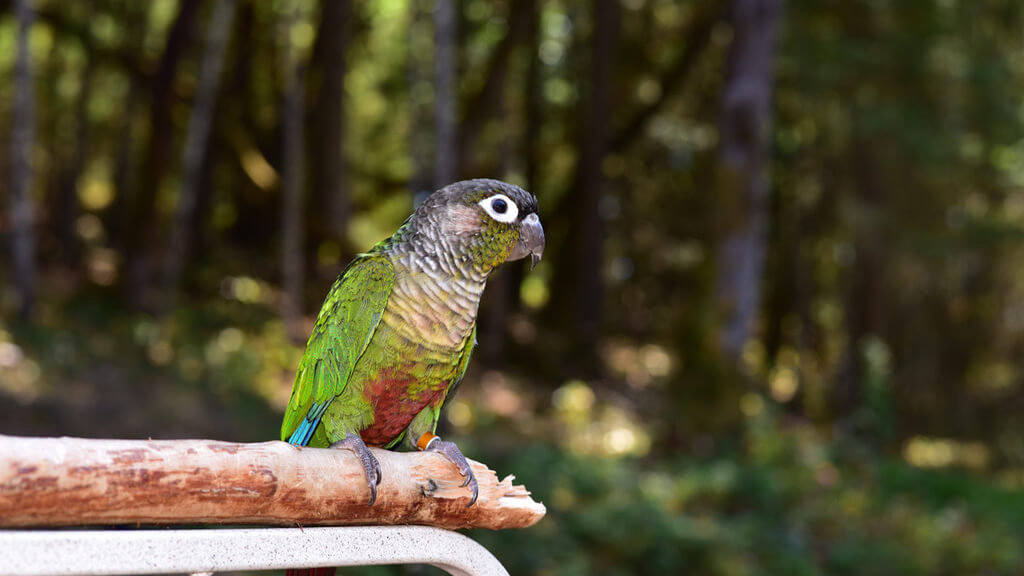
Green-cheek conures are well-known pet flying creatures. They are warm and perky and blossom with time when they are made to go through the phase of associating with their family. Like all feather creatures, green-cheek conures can be nippy and uncooperative now and again, however, when in doubt, they are among the most accommodating of the conure species.
Albeit most never talk, green-cheek conures do well with preparing and are known to be quick students. They can figure out how to do straightforward stunts. Most possessors state that their huge characters compensate for what they do not have, as in the communication division.
What Is All the Talk About the Speech Criteria of Green Cheek Conures?
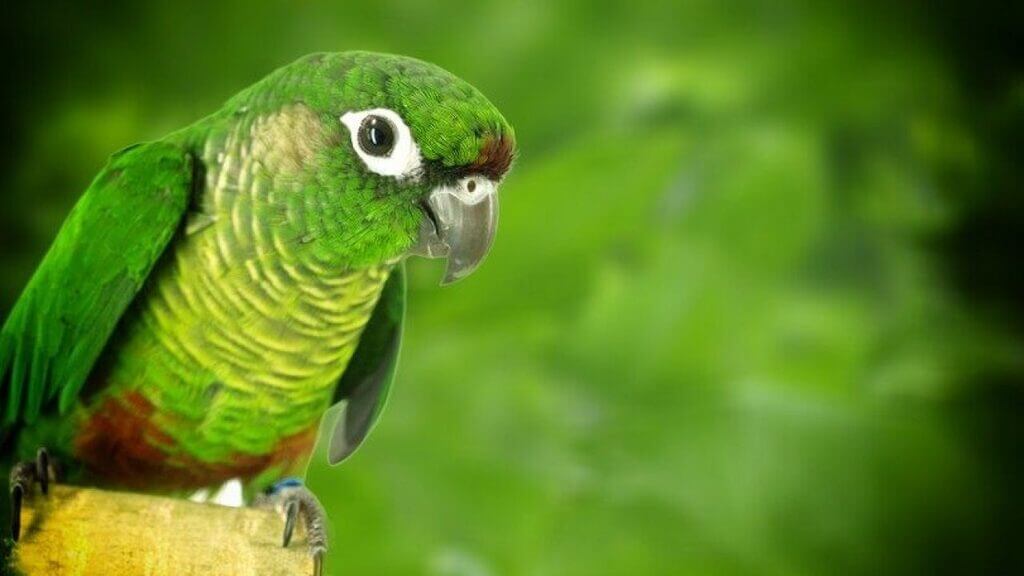
Albeit they are noiseless than most conure species, this species can even now be a loud fledgling, which may represent an issue for loft occupants. Some can become familiar with a couple of words, however, green-cheek conures are not for the most part known as extraordinary talkers.
What Are the Colours Along with Different Markings by Which We Can Identify Them?
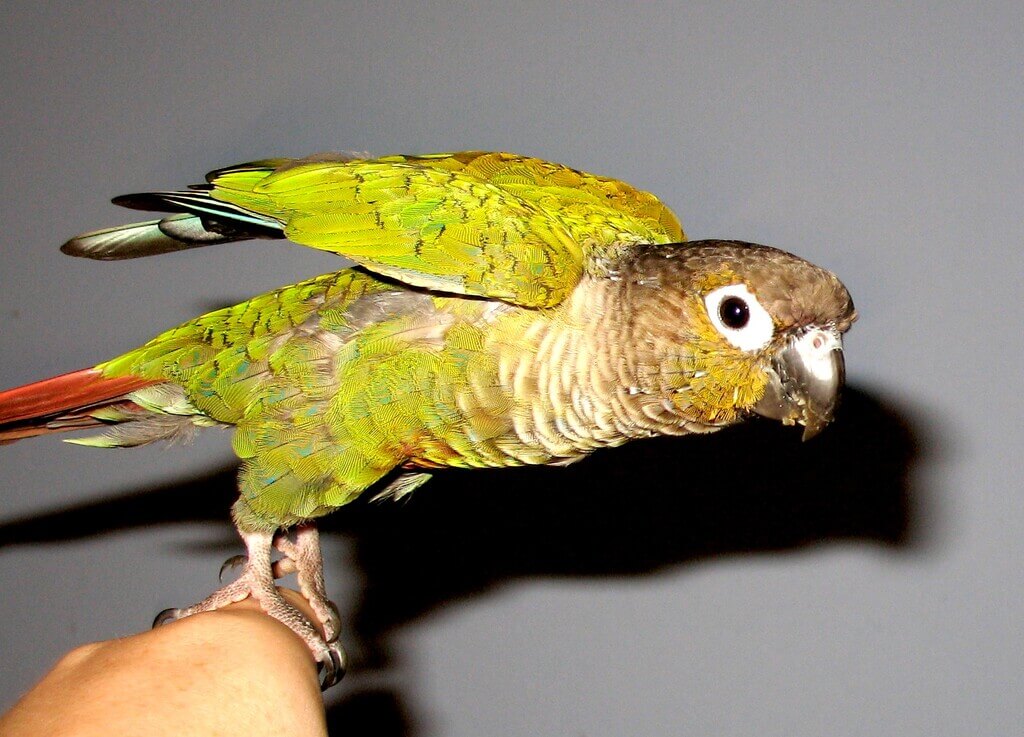
The male, as well as the female Green Cheek Conures, have indistinguishable shading. Green-cheek conures show a variety of tones in their plumage, wearing brilliant red quills in their tails and on their chests, splendid green on their backs and the highest points of their wings, olive green encompassing the red fix on their chest, a whitish ring around the neck, dark plumage on the head, with their cheeks being of the color olive green.
They have a tail that is long and point, and generally of blue or dark maroon color. They also show white rings near their eye sights and also have their beaks in a dark color, mostly black. A few shading varieties were specifically rear in bondage, including pineapple conures, cinnamon, yellow-side, turquoise, and pineapple conures.
How to Take Care of Green Cheek Conure?
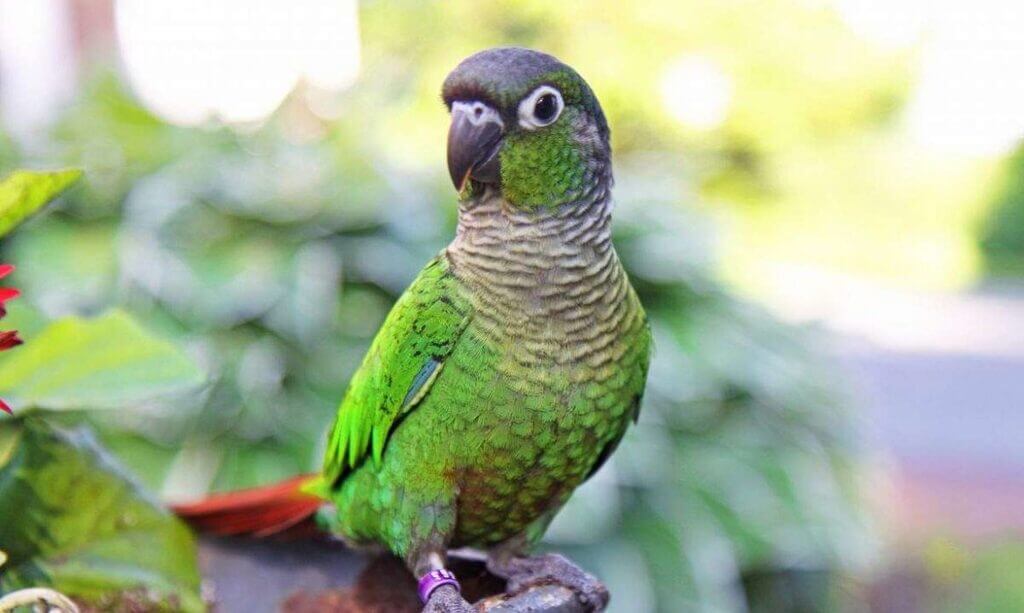
While the green-cheek conure’s magnificence and cerebrums make it an alluring potential pet, in all actuality, not simply anybody can appropriately think about a conure or any wing creature. Parrots are a major responsibility requiring everyday exercise and socialization, a ceaseless stock of new nourishments every day, and space for their sizable enclosure and flying exercises.
This type of green-cheek conure may not need the sort of room a bigger parrot needs, however, given that you will, in any case, require a nook that is in any event 24 inches square and 30 inches high with metal bars separate 1/2 to 3/4 inch separate. Similarly, as with any parrot, a greater confine is in every case better. You also need to offer multiple perches which are around half an inch in diameter while 9 inches long. This will ensure your pet parrot’s feet are supple.
A green-cheek conure ought to do well when combine with other green-cheek conures, however, don’t house them with various types of other bids. On the off chance that you house more than one pet in your cage or any other structure, ensure you increment the size of the pen as per the pet. The more flying creatures you set up, the bigger the pen should be.
In its indigenous habitat, the green-cheek conure lives in a group. As a pet, it needs a lot of collaboration with you. Expect that your wing creature may require two to four hours outside the enclosure for exercise and social time each day.
What Are Their Health-Relate Issues?
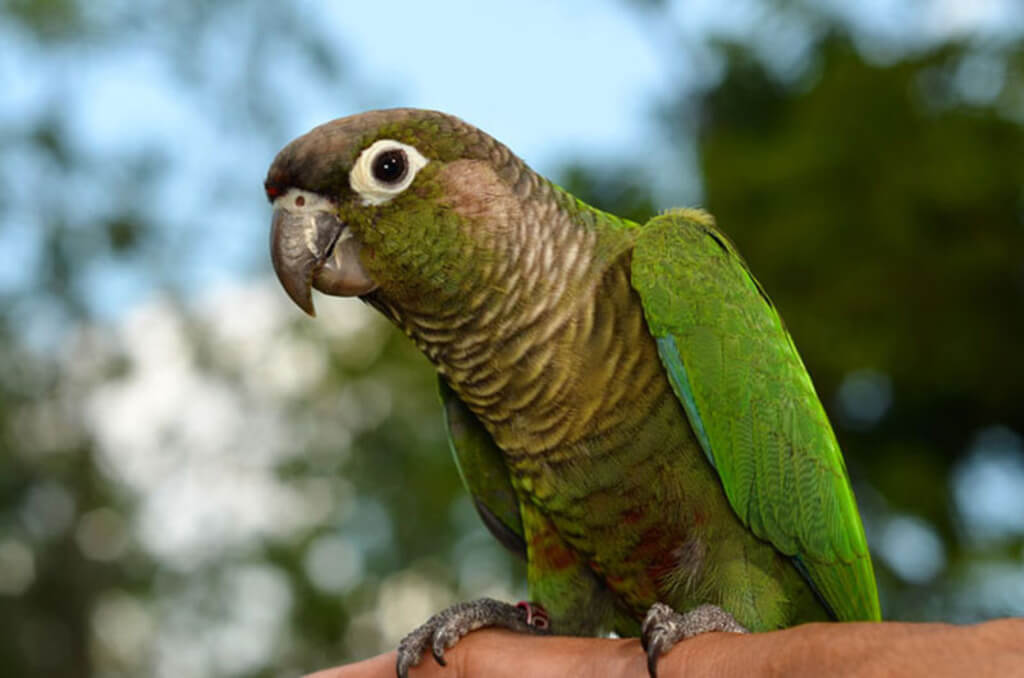
All conures are inclining to quill plucking, which ordinarily happens on the grounds that the fowls are exhaust or dismiss. Various normal parrot ailments can influence these fowls, for example, proventricular dilatation sickness (PDD), a sensory system illness; psittacine snout and quill illness (PBFD), a dangerous infection; psittacosis, bacterial contamination; mouth malocclusion or bill misalignment; and aspergillosis, a contagious disease.
Has your wing animal check by an avian veterinarian routinely to get issues early, while they can be handily treated? These diseases are not seen often but there always remains a probability that your love pet can get one! Be sure to treat with proper care and a regular check-up every two to three weeks or once a month is always preferable. These birds require companionship and if you are not able to provide it to your pet, then there is a possibility that they get exhausted early.
What Diet and Nutrition Should Be Follow for Green Cheek Conure?
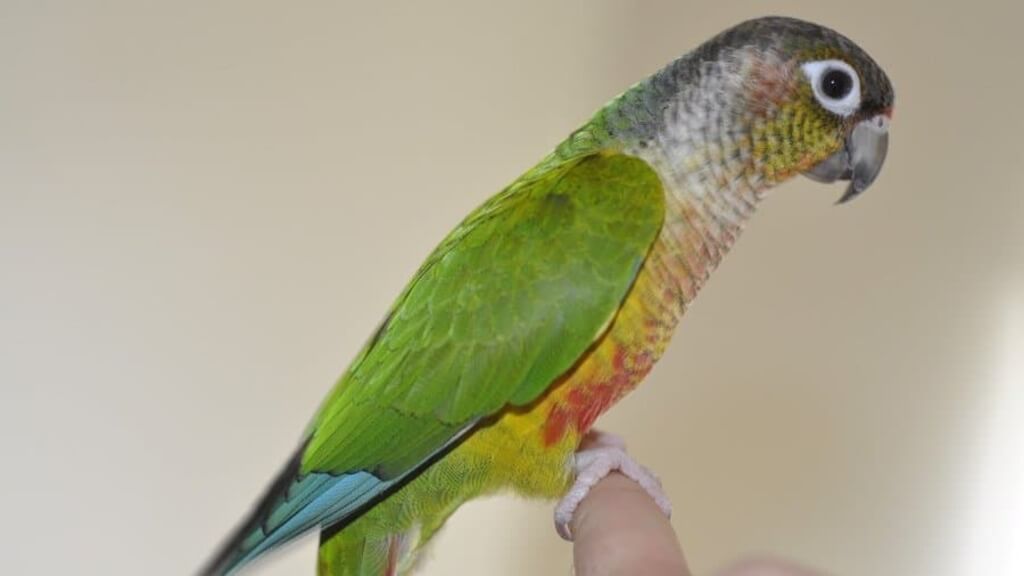
Generally, these green-cheek conures devour natural products, vegetables, seeds, and an intermittent creepy crawly or two. Pet Conures who are kept in a cage or any other captivity must have a similar diet. There are no other specifications in the diet for these Green Cheek Conures.
For ideal wellbeing, feed your conure a wide assortment of new foods grown from the ground enhance with a great pellet diet. A simple method to join an assortment of new nourishments is to utilize the concept of chopping, which includes making a planning plate of mixed greens(salads) ahead of time.
What Are the Exercises That Can Be Perform by These Green Cheek Conures?
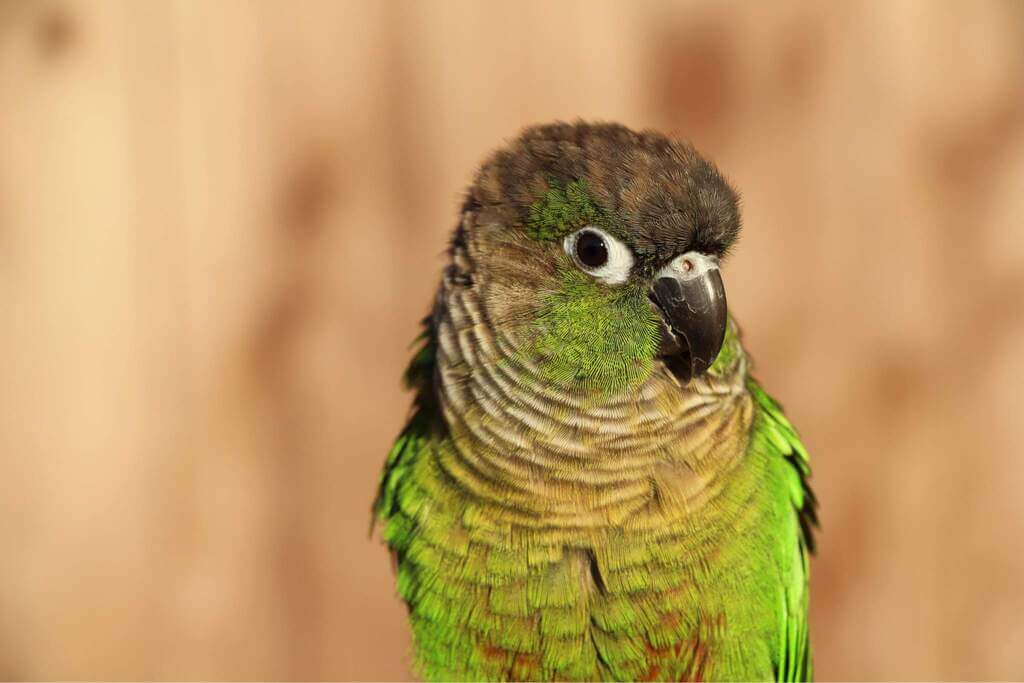
Exercise is critical for green-cheek conures all things consider for all parrots. In the wild, these wing creatures may fly numerous miles every day looking for food, a mate, or a settling site. It tends to be difficult to give the way to copy this in a cage or any other captivity, however in the event that you can dedicate at least two hours out of each day to overseeing your conure during out-of-confine exercise and recess, your feather creature is probably going to stay solid and glad.
An accommodating method to accomplish this way of life is to get a tent with a play gym center on the highest point of their pen. This can be a protected spot for them to grow their wings during direct exercise time.
Pros and Cons Of Green Cheek Conures :
Pros
- These birds are extremely social and they are very much friendly with their owners.
- hese birds are considered intelligent species, as they can be taught different tricks and they also learn them very quickly.
- They are also quieter compare to other birds. They do not make unnecessary noises.
Cons
- Sometimes these birds produce a lot of noise and may not be suited for residential areas. When the situation is unavoidable, they produce a lot of noise.
- Moreover, these birds require a minimum of two hours of exercise and require a lot of socialization.
- Hence, sometimes it is not as easy to keep them as it seems.
This was all about the Green Cheek Conures. These birds are unique and are colorful. These birds are also friendly with their owners and if you want a companion, you must not skip this bird! We hope that the article has served its purpose and will help you in getting one Green Cheek Conure for your house!
In case you missed it!








